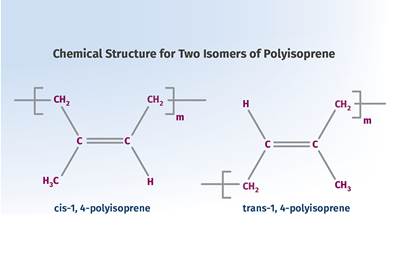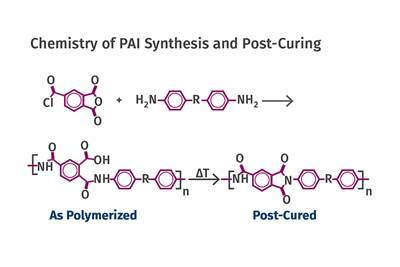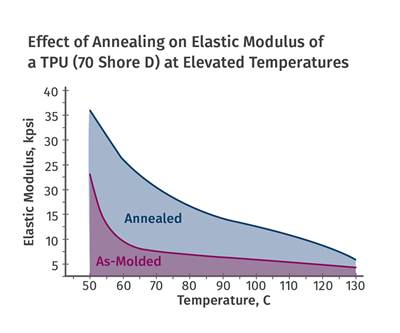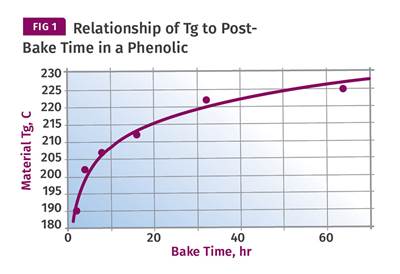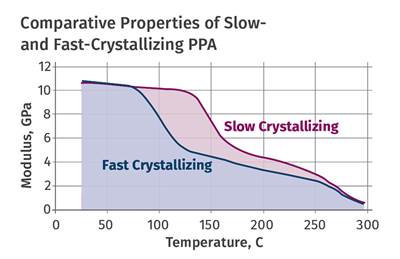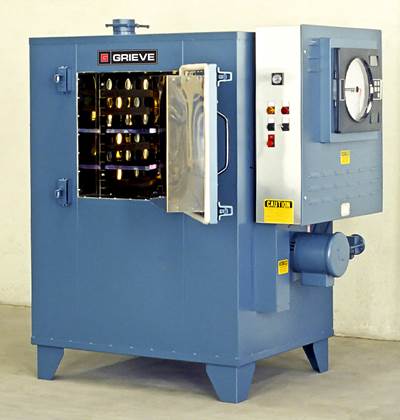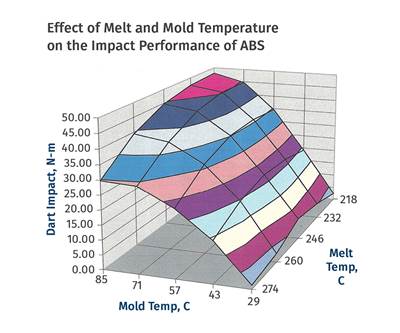Materials Know How
Tracing the History of Polymeric Materials: Phenolics
In this installment we discuss the discovery of Bakelite, the first truly synthetic polymer, known today as phenolic.
Read MoreTracing the History of Polymeric Materials: Celluloid & Film Stock
In this series we delve into a discerning look back into the history of our industry and how we all got here.
Read MoreTracing the History of Polymeric Materials--There's More on Celluloid
The invention of Celluloid got the ball rolling for future innovations in materials and processing.
Read MoreTracing the History of Polymeric Materials: Celluloid
In this series we’ll delve into a discerning look back into the history of our industry and how we all got here.
Read MoreMaterials: Annealing Tips for Polyamide-imide, Part 7 of 7
PAI is a material capable of achieving levels of performance that even semi-crystalline engineering polymers like PEEK, PPS, and PPA cannot. But you have to be willing to work for that performance, and the annealing process is an essential part of this.
Read MoreMaterials Part 6 of 7: Annealing Tips for Thermoplastic Polyurethanes
TPUs form physical, rather than chemical, crosslinks that can be broken by reheating. Formation of these crosslinks can be sped up by annealing, which improves a variety of properties.
Read MoreMaterials Part 5: Annealing Tips for Crosslinked Polymers
As with semi-crystalline thermoplastics, annealing can be used in thermosetting polymers to obtain a level of crosslinking that may not be possible within the molding cycle.
Read MoreMaterials: Annealing Tips for Semi-Crystalline Polymers: Part 4
You can forgo the elevated mold temperatures normally recommended for high-performance semi-crystalline materials. But it’s risky and likely to yield parts that under-perform expectations … assuming that they emerge from the annealing process looking anything like the drawing.
Read MorePart 3 Materials: Annealing Tips for Semicrystalline Polymers
For these polymers, annealing is done to establish a level of crystallinity that cannot be practically obtained within the parameters of a normal molding cycle. Here’s some guidance on setting annealing time and temperature.
Read MoreMaterials: Annealing Tips for Amorphous Polymers, Part 2
In amorphous polymers, annealing is performed to draw down the internal stresses to a level not achievable within the conditions of a normal molding process. But a few parameters are important to achieving the desired results.
Read More

